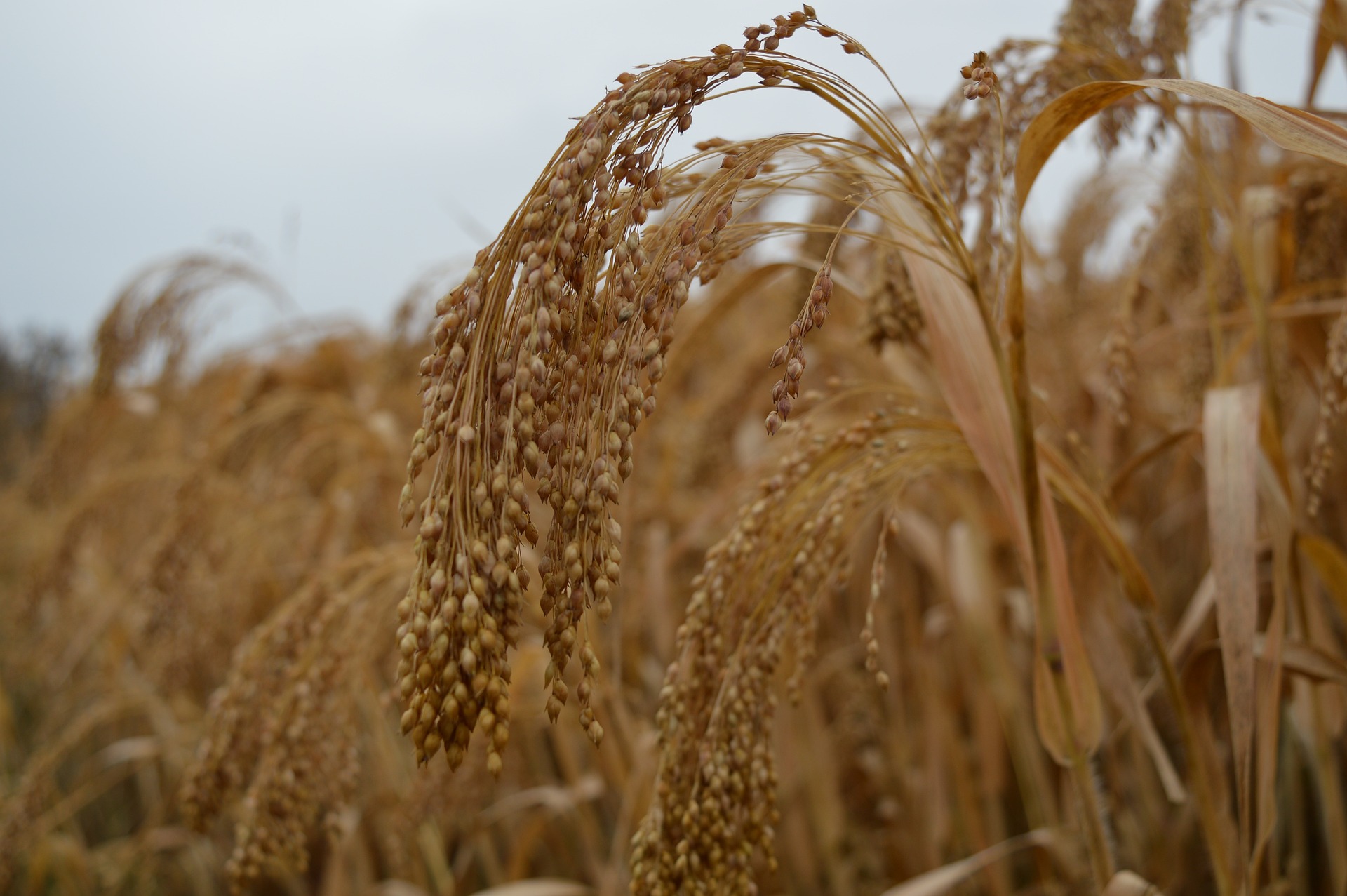Introduction
In recent years, millets have been making a comeback in the world of nutrition and healthy eating. These small grains, once considered as ‘poor man’s food,’ have now gained recognition for their exceptional nutritional value and versatility in the kitchen. In this article, we will explore the health benefits of eating millets, the different types of millets available, how to incorporate them into your diet, and provide you with a selection of mouthwatering millet-based recipes.
The Health Benefits of Millets:
- Nutrient-Rich Powerhouses
Millets are packed with essential nutrients, making them a valuable addition to your diet. They are rich in vitamins such as B-complex vitamins, including niacin, riboflavin, and folate. These vitamins play a crucial role in maintaining overall health and well-being.
- Excellent Source of Dietary Fiber
Dietary fiber is essential for digestive health, and millets are a fantastic source of this dietary fiber. Including millets in your diet can help regulate digestion, prevent constipation, and promote a feeling of fullness, aiding in weight management.
- Gluten-Free
For individuals with gluten intolerance or celiac disease, millets are a great alternative to wheat and other gluten-containing grains. They are naturally gluten-free, making them a safe choice for those with gluten-related disorders.
- Low Glycemic Index
Millets have a low glycemic index (GI), which means they help control blood sugar levels. This makes them an ideal choice for people with diabetes or those looking to manage their blood sugar levels.
- Rich in Antioxidants
Millets are packed with antioxidants that help combat free radicals in the body, reducing the risk of chronic diseases and promoting overall health.
Different Types of Millets:
- Pearl Millet (Bajra): Commonly grown in Africa and the Indian subcontinent, pearl millet is known for its high protein and fiber content. It’s often used to make flatbreads and porridge.
- Finger Millet (Ragi): Popular in South India, finger millet is a rich source of calcium and iron. It is often ground into flour for dosas, idlis, and porridge.
- Foxtail Millet: A versatile millet commonly used in Asian cuisine, it is rich in magnesium and is ideal for making rice replacements, upma, and pulao.
- Sorghum (Jowar): Widely cultivated across the world, sorghum is gluten-free and a good source of protein and dietary fiber. It can be used for making rotis, porridge, or even popped as a snack.
- Little Millet (Kutki): This small-sized millet is loaded with essential nutrients and is perfect for making upma, pulao, or as a rice substitute.
How to Use Millets:
Incorporating millets into your diet is easy and can add variety to your meals. Here are some tips on how to use millets:
Replace Rice or Wheat: Substitute millets for rice or wheat in your recipes. For example, cook foxtail millet or little millet as you would cook rice or use millet flour for baking.
Add to Soups and Stews: Millets can be added to soups and stews to enhance the nutritional value and provide a hearty texture.
Make Porridge: Millets make a delicious and nutritious breakfast porridge. Just cook them with water or milk, add sweeteners or fruits, and enjoy.
Create Baked Goods: You can use millet flour to make gluten-free baked goods such as bread, muffins, and pancakes.
Pop Them: Sorghum and pearl millet can be popped like popcorn for a healthy and crunchy snack.
Healthy Millet Recipes:
Ragi Dosa: A cherished South Indian classic, ragi dosa is gluten-free, protein-packed, and pairs exquisitely with coconut chutney.
Millet Salad: Infuse vibrancy into your salads with a mix of cooked millets, a kaleidoscope of vegetables, aromatic herbs, and a light dressing for a refreshing and nutritious meal.
Jowar Roti: Craft soft and chewy rotis using jowar flour, the perfect accompaniment for your favorite curries.
Millet Upma: Embark on a quick and savory journey with millet upma, a dish brimming with vegetables and an array of aromatic spices, ensuring a satiating and nutritious breakfast.
Bajra Khichdi: Enter the world of comfort food with bajra khichdi, a one-pot wonder featuring pearl millet, lentils, and an amalgamation of spices that promise both protein and dietary fiber in every delectable spoonful.
Conclusion:
Eating millets is not only a healthy choice but also a delicious way to diversify your diet. With their impressive nutritional profile, gluten-free nature, and versatility in cooking, millets have earned their place as a superfood in the modern kitchen. So, why not give them a try? Experiment with different millet varieties and recipes to discover the flavors and health benefits they have to offer. Your taste buds and your body will thank you!
